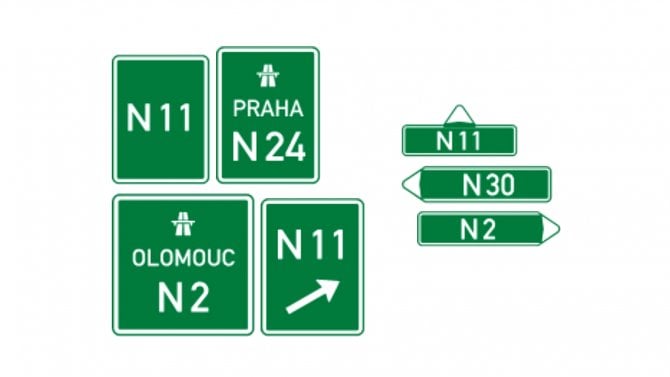...
LONDON, Sept 20 (Reuters) - Emerging market currencies gave up some of their gains on Thursday while equities paused at a fresh two-month high as global worries over the U.S. economic outlook fuelled some weakness after two days of solid gains.
The dollar sank to a 15-year low against a basket of currencies, while European shares weakened, losing some of the exhuberance generated by the 50 basis point interest rate cut in the United States on Tuesday.
Currencies pulled back slightly from multi-year and multi-month highs with the Turkish lira easing half a percent from the six-year high hit on Wednesday against the dollar . The South African rand failed to advance from the five-week high it touched in the previous session .
The Czech crown gained 0.25 percent versus the euro, echoing gains by another funding currency -- the Japanese yen.
"There is a strong indication of some carry trade unwinding and it is consistent with what we are seeing in the G3 with the yen stronger," said Jon Harrison, head of global emerging FX strategy at Dresdner Kleinwort in London.
Harrison said markets are also fretting about the possible implications of Saudi Arabia's decision to not match the U.S. rate cut, possibly a prelude to the world's largest oil exporter severing its currency's peg to the embattled dollar.
"We had a couple of days of strong gains and it's natural there should be some profit-taking but there are clearly issues such as Saudi not matching the U.S. cut that got people a little concerned about the dollar," Harrison said. "That's preying on minds and people dont want to increase exposure at such a time."
"The U.S. rate cut made people comfortable increasing risk but we still dont know what losses are out there and in what institutions," he added, referring to banks' exposure to U.S. subprime mortgage securities.
The Saudi riyal surged to a 7-month high versus the dollar as its 75 bps rate differential to the dollar is likely to reel in large cash inflows.
ROUBLE, RUPEE SURGE
Elsewhere, the Russian rouble soared to the highest since 1999 while the Indian rupee touched a nine-year high against the dollar .
Emerging equities rose half a percent, touching a fresh two-month high and having gained 5 percent since Sept 18, the day the Fed announced its rate cut.
JP Morgan's EMBI Plus index of sovereign bonds showed yield spreads 4 basis points tighter at 198 bps over weaker U.S. Treasuries but most cash bonds and CDS widened a touch.
Spreads contracted on Wednesday below 200 bps for the first time since early August.
Turkish five-year credit default swaps, an important measure of risk perception, widened 4 bps to 172-174 bps.
"We are seeing a bit of a pullback, European equities are down and we had a bout of widening in the CDS market, that caused a small chain reaction," one bond trader in London said.
"Yesterday we saw significant buying in the cash (bond) market and hardly any selling at all, Turkey for instance was just one-way but today we are taking a breather," he added.
But weakness continued on Latvia's lat which looks headed to test the 1 percent band in which the central bank allows it to fluctuate around the parity rate of 0.7028 per euro
The lat is trading now at 0.7069 per euro while overnight and three-month deposit rates have surged to the 8-year highs.
"Lat may test the upper limit of the band. The overheating economy, inflation in double digits and imbalances growing are all making investors worried about the future of the peg," said Mika Erkkila, currency strategist at Nordea in Helsinki.
"But at the end of the day we are confident the central bank is well-equipped to defend the one percent band," he added.




 Ještě budete vzpomínat na čtyřokou Octavii. Elektrická Octavia přijde na podzim a bude kontroverzní
Ještě budete vzpomínat na čtyřokou Octavii. Elektrická Octavia přijde na podzim a bude kontroverzní
 Kde se o prázdninách opravují dálnice? Dopravní peklo nabídnou hlavně D0 a D4
Kde se o prázdninách opravují dálnice? Dopravní peklo nabídnou hlavně D0 a D4
 Oldtimer Express 2025: Jak být atrakcí v Monaku? Stačí přijet veteránem
Oldtimer Express 2025: Jak být atrakcí v Monaku? Stačí přijet veteránem
 Test Citroën ë-C3 Aircross Max (44kWh): Elektromobil do každé rodiny
Test Citroën ë-C3 Aircross Max (44kWh): Elektromobil do každé rodiny
 Až provoz na D1 opět zkolabuje, od zítřka už řidiči pojedou podle cedulí s písmenem N. Do českého provozu přichází náhradní trasy
Až provoz na D1 opět zkolabuje, od zítřka už řidiči pojedou podle cedulí s písmenem N. Do českého provozu přichází náhradní trasy
